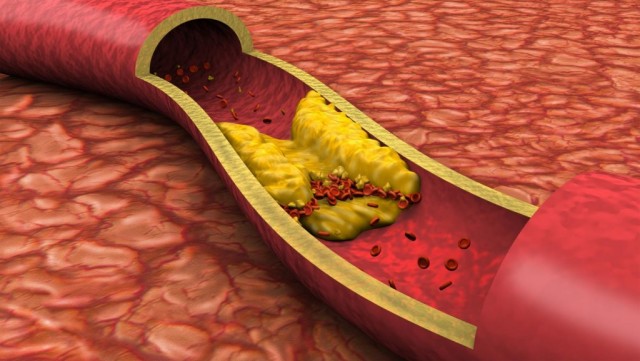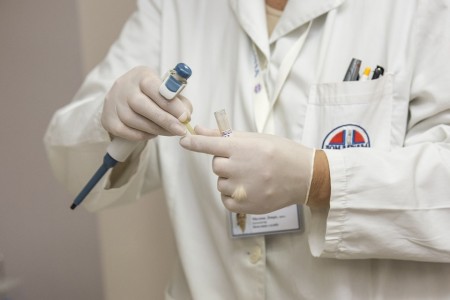December 2004 - Angioplasty and stenting, the same techniques used to clear arteries blocked by heart disease, can also be used on the carotid artery to prevent stroke, according to a study presented at the annual meeting of the Radiological Society of North America (RSNA).
The results from 180 patients with carotid artery disease showed that angioplasty and stenting were as effective as surgery, with comparable rates of neurologic complications and a similarly low rate of restenosis, or re-narrowing of the artery after treatment.
During the procedure, physicians insert a catheter through a hole in the femoral artery in the groin and thread it through to the carotid artery. A filter is opened over the carotid lesion to protect the brain from any material spreading during the procedure, then a balloon at the tip of the catheter is inflated, widening the artery. To prevent the newly widened artery from closing up again, a wire mesh stent is put in place to hold the artery open.
"Stenting is less invasive than surgery," said Gianluca Piccoli, M.D., an interventional radiologist at the Santa Maria della Misericordia Hospital of Udine in Italy. "Our goal was to find whether you can receive the same or better results as with surgery."
Arteriosclerosis, or hardening of the arteries, is a leading cause of strokes. Fatty deposits building up inside the carotid arteries � the two major arteries in the neck that deliver blood and oxygen to the brain � can restrict or interrupt blood flow to the brain. The result is stroke. Stroke is the country's third leading cause of death behind heart disease and cancer, according to the American Heart Association.
Continue Reading Below ↓↓↓
The preferred method of treating carotid artery disease is surgery, but while carotid surgery is usually successful, it has significant risks, Dr. Piccoli said.
"The surgeon will usually clamp the carotid artery to prevent bleeding, so the flow of blood to the brain is interrupted, increasing the risk of brain injury, although some surgeons use a temporary external shunt to prevent this problem. Also, the stress that comes from surgery can cause potentially fatal complications like heart attack and stroke," Dr. Piccoli said.
To avoid these risks, Dr. Piccoli and colleagues used minimally invasive angioplasty and stenting procedures typically used for heart disease to treat carotid artery disease. After three years and 180 patients, the results showed that carotid angioplasty and stenting had the same amount of neurologic complications as surgery (3%) and the same rate of restenosis after treatment (4%).
"Today, these procedures are largely used for the heart, but I think that in the future they will be used for every artery and every part of the body," Dr. Piccoli said.
The cost of the materials used in carotid angioplasty and stenting is high, but the overall price of the procedure is similar to surgery once the cost of an operating room and a longer hospital stay are factored in.
"With surgery you need three to four days, sometimes even a week of recovery in the hospital," Dr. Piccoli said. "But with carotid angioplasty and stenting, you can go home the day after the procedure."
In August, the FDA approved the first carotid stenting system for use in the United States.
Co-authors of carotid artery angioplasty and stenting study are Bruno Bais, M.D., Stefano Smania, M.D., Andrea Marzio, M.D., Alessandro Vit, M.D., and the director of the Santa Maria radiology unit, Daniele Gasparini, M.D.
RSNA is an association of more than 37,000 radiologists, radiation oncologists and related scientists committed to promoting excellence in radiology through education and by fostering research, with the ultimate goal of improving patient care. The Society is based in Oak Brook, Ill.
Source: RSNA
Continue Reading Below ↓↓↓











